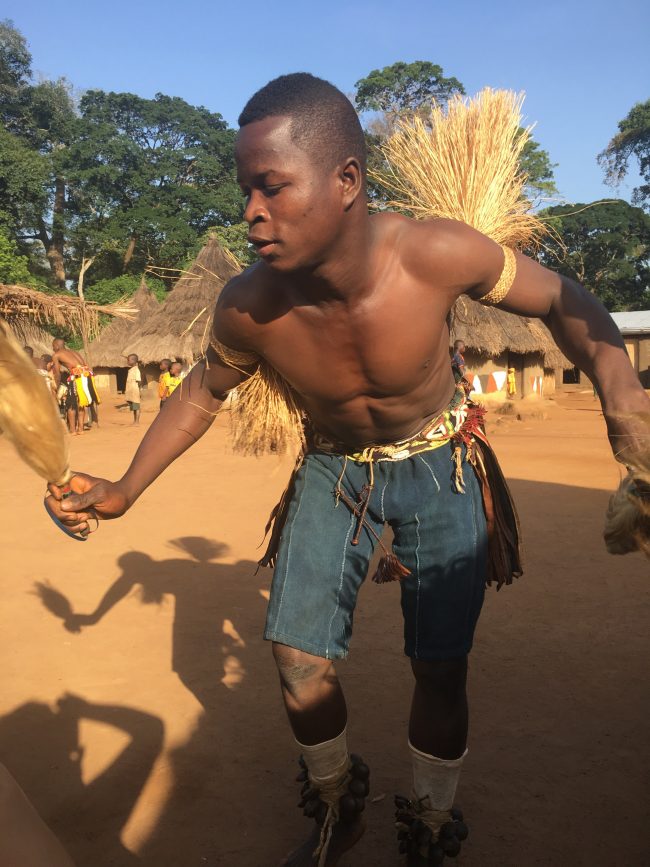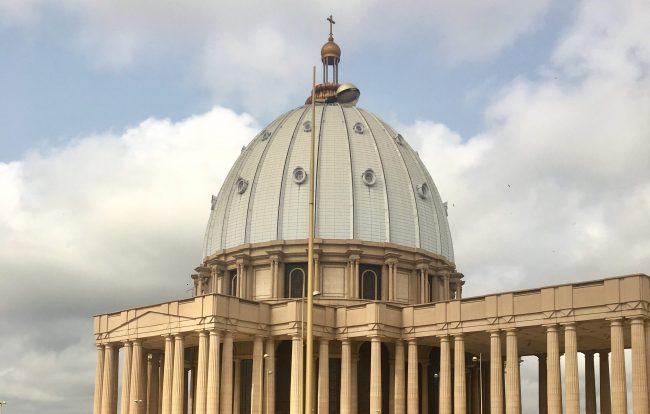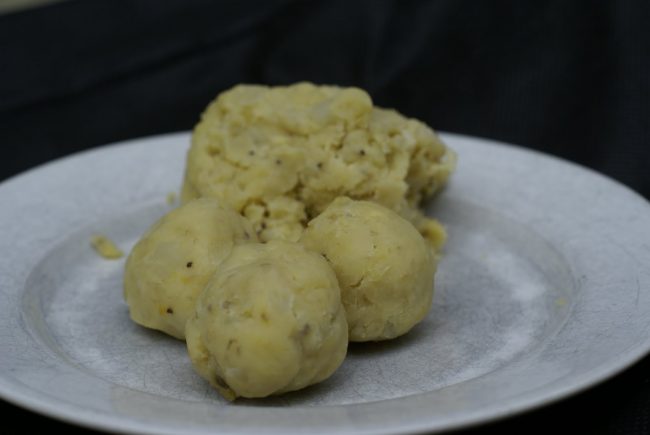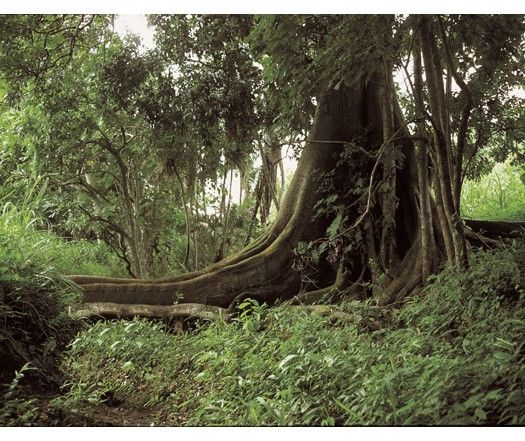
Cote d’Ivoire (Ivory Coast)
The evolving Côte d’Ivoire
Dusty roads connecting villages to cities, with a backdrop of Atlantic Ocean that stretches on forever and palm-trees rooted everywhere – there is no doubt that Côte d’Ivoire is an iconic country in Africa. Another country set back by colonialism, hence French is the official language of the country. Even with its European influences, it has managed to keep its Africanness alive.
In the village of Silacoro, dance comes alive in the form of stilt dancing. North of Man, bells are slipped onto young men’s ankles and drummers prepare to perform at every festival or celebration. But the highlight of your trip to Silacoro will be the interesting stilt dancers. Dancers on stilt, moving along to the energetic sound of drumbeats. Adorned in colourful garb, reeds and a mask that covers their face. It’s a wonderful experience.

But before venturing out of Yamoussoukro, you should enjoy the sights and smells of the city. Perhaps the most famous landmark is the Basilica of Our Lady of Peace of Yamoussoukro. Declared sacred in 1990 by Pope John Paul II, it is a revered building to locals. It holds the title of largest basilica in the world and although it is a controversial building due to the cost of it compared to the poverty in the country, it still attracts several tourists every year.

Fishing is a huge source of food for Ivoirians living near the ocean or close to lakes inland. In many households, fried fish and plantain is the average meal. Another favourite of locals is the common West African staple fufu – the mashed dough of yams, plantain or cassava. In Côte d’Ivoire fufu is eaten as a shared meal, where individuals take a ball of it and dip into a spicy sauce made from either peanuts, okra or tomatoes. A great restaurant to try Ivorian cuisine is in Aboussouan in Abidjan. All though it is two hours away from the capital, it is a culinary treat.

http://aroundtheworldtastingproject.blogspot.co.za/ (Fufu)
Ivorian men in urban areas tend to wear less traditional clothing and more westernised styles. But the majority of women in urban and rural areas still wear their pagnes (colourful dresses) and headscarves. In rural areas, Ivorian women long pieces of cloth as a wrapped skirt and a blouse for their day to day wear. Men also wear long wraps in rural areas. Generally, traditional functions have men wearing longer detailed robes.

https://www.emaze.com/@AWWTTFWC/cote-D’ivoire (Traditional wear)
La Cascades is raw natural beauty, on the outskirts of the town Man, is a trip for a drive out of busy Yamoussoukro. Surrounded by bamboo forest, it is deemed safe to swim in by officials.

https://freewheely.com/2013/09/cocoa-and-koutoukou-the-assets-of-ivory-coast/ (La Cascades)
Mt Tonkoui and Mt. La Dent de Man is also in the area, which is fantastic hiking spots. You can jump into the waterfall after hiking either mountain and find yourself appreciating the innocence of Africa’s offerings. Another natural attraction is the Comoé National Park in the North East. The park has spots of tropical rainforest, river and savannah. It has different crocodile species, hippos and a multitude of birds.

https://za.pinterest.com/pin/417779302909257461/ (Comoé National Park)
Côte d’Ivoire is a country with a deep appreciation of its African roots. While infrastructure may be limited and does not have the same comforts of other travel destinations, it is evolving. Haggle your way through the market before your way out and buy some traditional fabrics and Ivorian coffee, to remind you of your African adventure.
